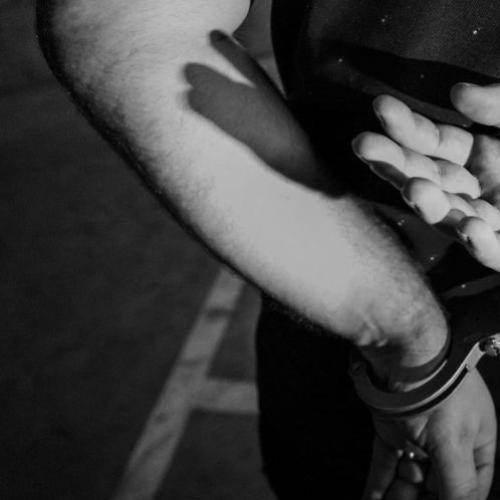The gender pay gap has narrowed to a record low yet women in full-time work are still earning $13,000 a year less than men.
Figures from the Australian Bureau of Statistics show the gap shrunk from 13.3 per cent in February to 13 per cent in May.
While the data showed the smallest gender pay gap, women are earning 87 cents for every dollar earned by men.
The bureau’s head of labour statistics Bjorn Jarvis said the gap fell for the second cycle in a row.
“This lines up with the increase in full-time wages in female-dominated jobs such as teaching and nursing,” he said.
“The gap is now around 0.9 points lower than just before the pandemic, 4.4 points below where it was a decade ago and around two points below the pre-mining boom low in 2005.”
Workplace Gender Equality Agency chief executive Mary Wooldridge welcomed the narrowing but said more work was needed to be done.
“This momentum is a springboard for renewed action for employers to prioritise gender equality and ensure that we continue to work towards closing the gender pay gap,” she said.
“Employers have a key role to play in addressing the entrenched gender norms and stereotypes that are a barrier to women’s progression or full participation in the workplace.”
On average, a full-time working man would earn $1938.30 a week, while the average woman’s full-time wage was $1686.
Women’s Minister Katy Gallagher said further efforts were needed to bridge the divide.
“The Albanese government will release an employment white paper at the end of August and look to further reforms in the Workplace Gender Equality Act in early 2024 to further speed progress in closing the gender pay gap,” she said.
“There is still plenty of work to do for women whose weekly full-time income is still, on average, $252.30 lower per week than men.”
Jessica Rudd, chief executive of advocacy group The Parenthood, said the gender pay gap remained a disgraceful statistic.
“Every day, countless women across Australia find themselves in a situation where their hard work is not rewarded with equal pay compared to their male counterparts. It’s just not good enough,” she said.
“Australian women are being set back by systemic and structural inequalities that keep them from accessing the same remuneration, recognition and opportunities as men.”











